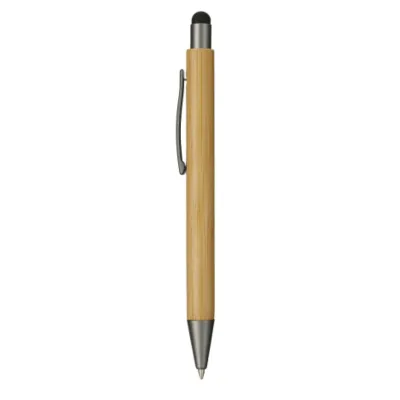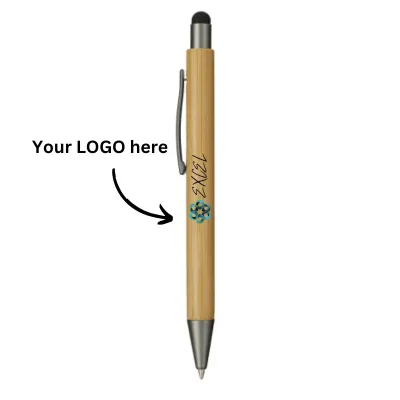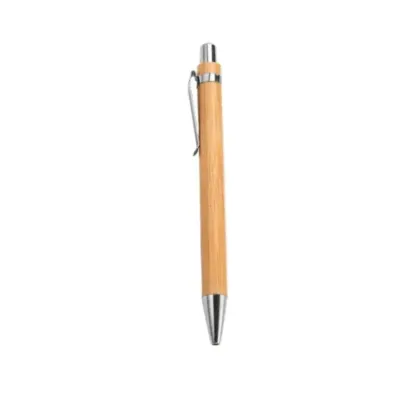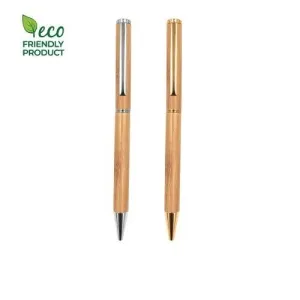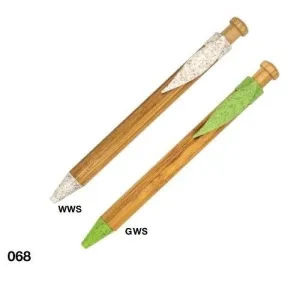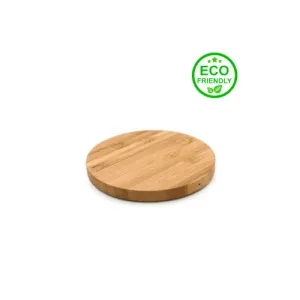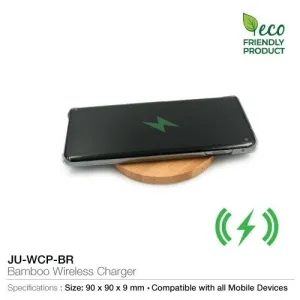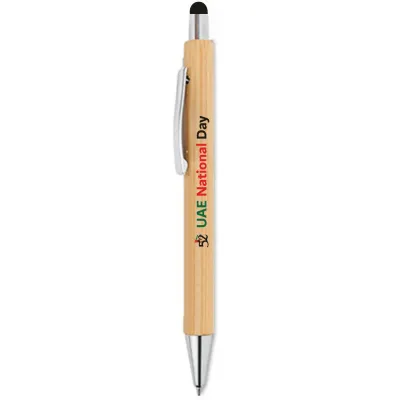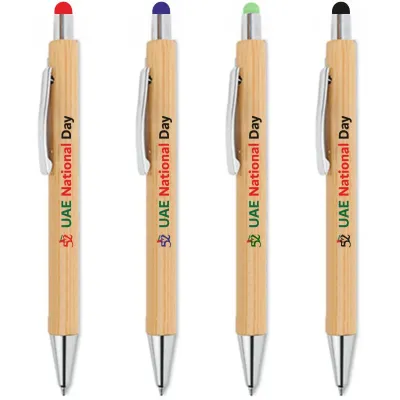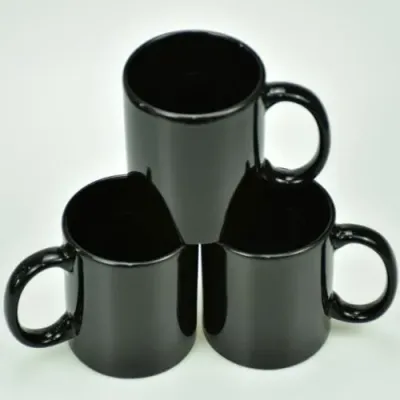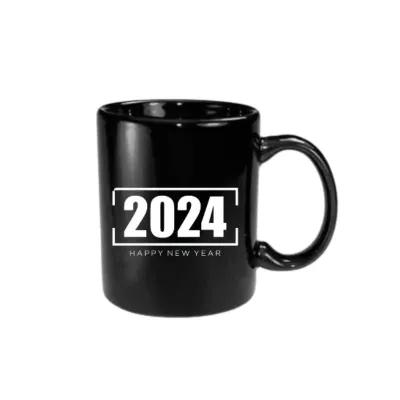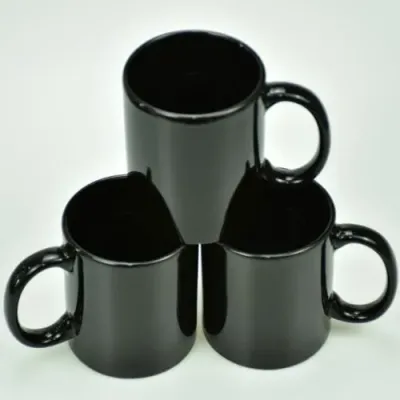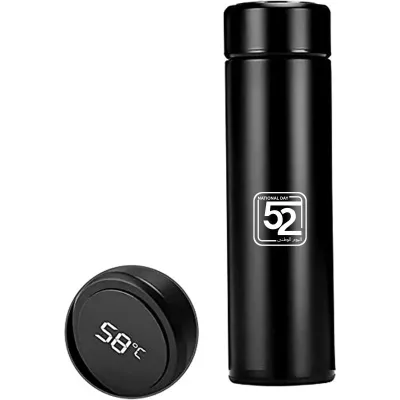Meaning of Colors in the Rwandan Flag
What is the Meaning of Colors in the Rwandan Flag?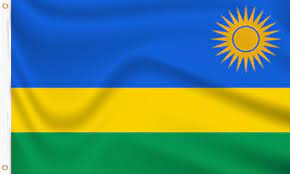
Flags serve as powerful symbols of identity, unity, and national pride. Among the myriad of flags that adorn the world, each color and design element carries deep-rooted significance, reflecting a nation's history, values, and aspirations. The flag of Rwanda is no exception. With its bold colors and distinctive layout, the Rwandan flag encapsulates a rich tapestry of symbolism, representing the country's journey, resilience, and aspirations for a brighter future. In this blog, we delve into the meaning behind each color of the Rwandan flag, unraveling the layers of history and significance that make it a powerful emblem of national unity.
The Origins of the Rwandan Flag
Before delving into the symbolism of its colors, it's essential to understand the historical context in which the Rwandan flag was conceived. The current flag of Rwanda was adopted on October 25, 2001, replacing its predecessor, which was predominantly blue, yellow, and green. The new flag was designed to signify a break from the past and mark a new era of unity, reconciliation, and progress for the nation.
The Dominant Color: Sky Blue
At the heart of the Rwandan flag lies the color sky blue, which occupies the largest portion of the flag. This serene hue symbolizes peace, stability, and hope for the future. It serves as a poignant reminder of Rwanda's commitment to overcoming its turbulent past and embracing a future characterized by harmony and tranquility. In a country scarred by the horrors of genocide, the sky blue color of the flag embodies the collective aspirations of the Rwandan people for a peaceful and prosperous nation.
The Significance of Yellow
Adjacent to the sky blue field lies a bold stripe of yellow, representing the country's economic potential, wealth of natural resources, and hope for a brighter future. Yellow is often associated with optimism, energy, and renewal, reflecting Rwanda's determination to build a thriving economy and improve the lives of its citizens. Moreover, the yellow stripe serves as a tribute to the resilience and industrious spirit of the Rwandan people, who have demonstrated remarkable strength in the face of adversity.
The Symbolism of Green
Completing the tri-color composition of the Rwandan flag is a vibrant stripe of green, which symbolizes the country's lush landscapes, fertile land, and agricultural heritage. Green is universally recognized as a color of growth, prosperity, and vitality, reflecting Rwanda's commitment to sustainable development and environmental stewardship. Additionally, the green stripe embodies the resilience of the Rwandan people and their determination to cultivate a prosperous future for generations to come.
Unity and National Identity
Beyond the individual symbolism of each color, the arrangement of the stripes on the Rwandan flag holds profound significance. The horizontal orientation of the stripes represents the unity and solidarity of the Rwandan people, transcending ethnic, cultural, and regional divides. In a country scarred by the tragic legacy of genocide, the flag serves as a powerful symbol of national reconciliation and collective identity, reminding citizens of their shared humanity and common destiny.
History
Colonial Legacy
The origins of the Rwandan flag can be traced back to the colonial era when Rwanda was under the control of European powers. During this period, Rwanda was part of German East Africa before being transferred to Belgian control after World War I. Under Belgian rule, Rwanda was administratively merged with neighboring Burundi, forming the territory known as Ruanda-Urundi. The flag used during this time featured the Belgian colors of black, yellow, and red, often accompanied by the royal crown symbolizing the Belgian monarchy's authority.
Pre-Independence Flags
As Rwanda and Burundi moved towards independence in the mid-20th century, they adopted distinct flags to represent their respective identities. Rwanda's first national flag, adopted in 1961, featured horizontal stripes of blue, yellow, and green, symbolizing the country's natural beauty, wealth, and agricultural heritage. This flag, however, was short-lived, as Rwanda gained independence from Belgian rule on July 1, 1962, and subsequently adopted a new flag to mark this significant milestone.
The First National Flag
Upon gaining independence, Rwanda adopted a new flag, which bore a striking resemblance to the current flag. This flag featured three horizontal stripes of blue, yellow, and green, with a large letter "R" in the center, representing the initial of Rwanda's name. The blue stripe symbolized happiness and peace, the yellow stripe represented economic development, and the green stripe signified hope and prosperity. This flag remained in use until 2001 when it was replaced with the current design.
Symbolism and Unity
Beyond its individual elements, the Rwandan flag embodies the spirit of unity, reconciliation, and progress. The horizontal orientation of the stripes represents the unity of the Rwandan people, transcending ethnic, cultural, and regional divides. In a country scarred by the tragic legacy of genocide, the flag serves as a powerful symbol of national reconciliation and collective identity, reminding citizens of their shared humanity and common destiny.
Conclusion
In conclusion, the Rwandan flag stands as a testament to the resilience, unity, and aspirations of the Rwandan people. Through its vibrant colors and symbolic design, the flag encapsulates the nation's journey from conflict and division to peace and reconciliation. Each color - sky blue, yellow, and green - carries its own significance, representing peace, hope, prosperity, and unity. As Rwanda continues to rebuild and forge ahead on the path of progress, its flag serves as a powerful emblem of national pride and resilience, inspiring citizens to work together towards a brighter future for generations to come.
Trending Categories for Promotional Products
Browse the most popular and trending products and be the part of the trendy products
Promotional Sports Bottles
UAE National Day Gifts
Promotional Sports Bottles
Promotional Sports Bottles

